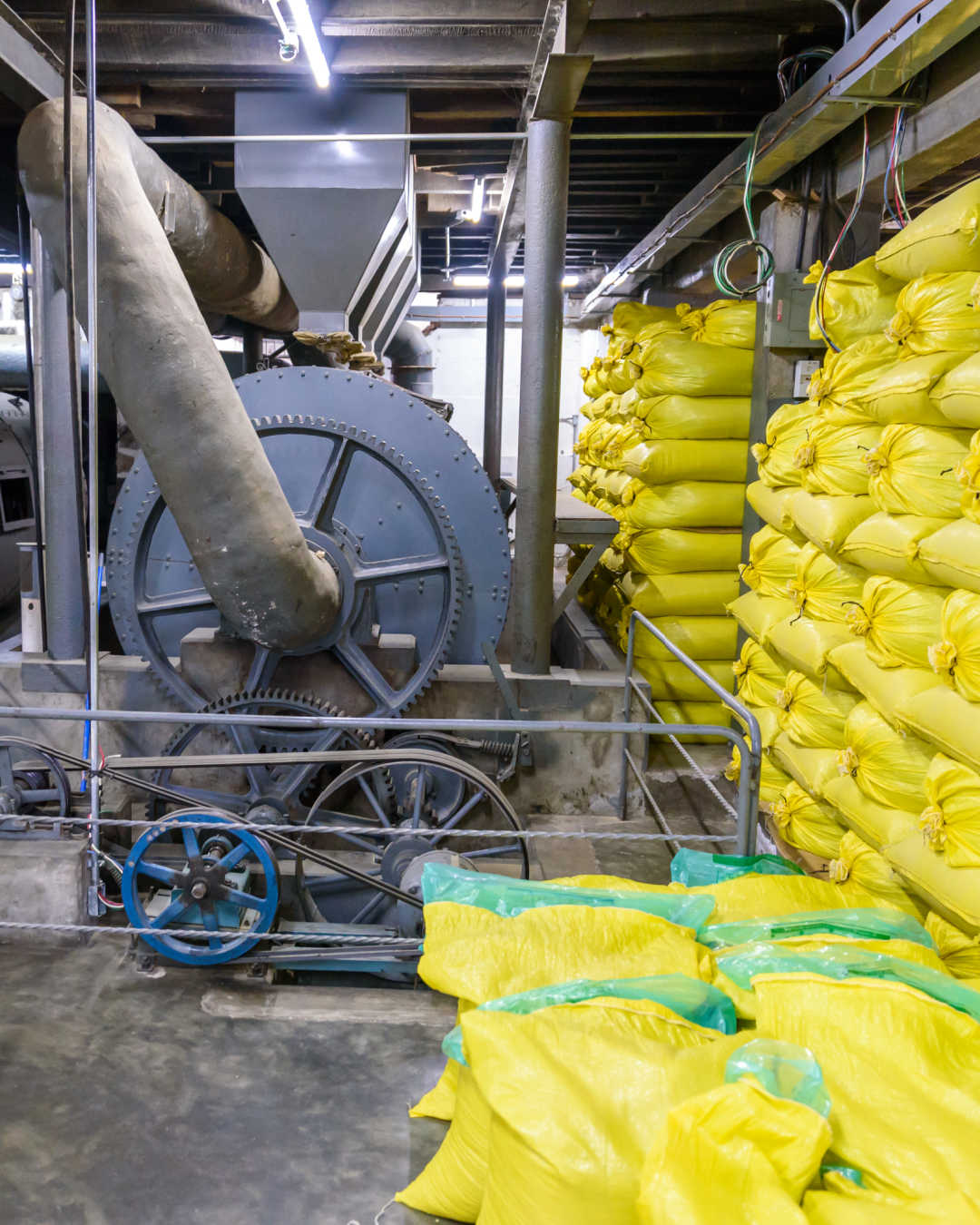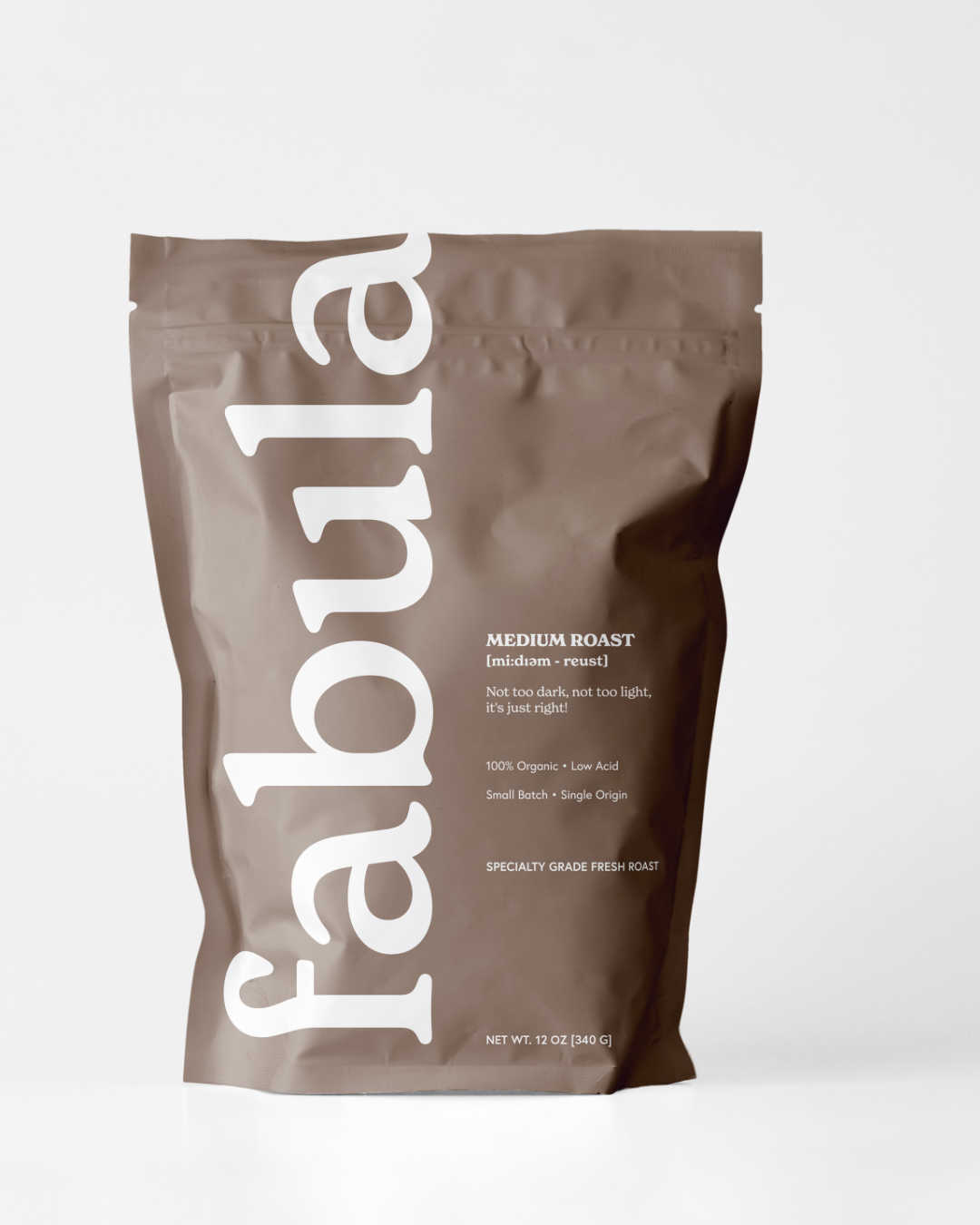
Coffee lovers who struggle with heartburn, acid reflux, or simply want a gentler cup should discover the world of low-acid coffee. Low acid coffee refers to beans and brews that are lower in acidic compounds—typically with a higher pH (about 5.5–6) compared to standard coffee (which can range from 4.8–5.3). This can mean either a true reduction in chemical acids or simply a smoother, less tangy flavor. Anyone who’s experienced digestive discomfort or tooth sensitivity from regular coffee may benefit from these specialty brews.
Good Low-Acid Coffees To Drink Black
You want coffee that is easier on your stomach without sacrificing enjoyment. I focused on my own tasting without sweeteners or creamers, plus: acidity and roasting method (brands that specially roast to reduce irritants), customer feedback from people with sensitive stomachs, third-party testing or claims (mycotoxin testing, organic certification), roast level and flavor balance, form and usability (ground vs whole bean), availability and price, and overall value. I also considered brand transparency (roast date, origin) and large-sample reviews to assess consistency.
In no particular order:
[Ed. note: Amazon links for convenience and are affiliate. Geni.us links may be affiliate.]
Fabula: Available in different roasts, plus decaf and flavored varieties. Multiple reviews praise Fabula for its smooth taste and its suitability for individuals with sensitive stomachs or acid reflux. My own tasting suggests this coffee may be a bit “flatter” tasting due to the lower acid but still quite flavorful!
Purity Coffee Ease Dark Roast: A dark roast with robust chocolate and caramelized sugar notes, designed to have low acidity and be gentler on the stomach.
Puroast Dark French Roast: A medium-dark roast with claims of 70% lower acidity than conventional coffees and high antioxidant content, favored for its smoothness and mild profile (though it’s a bit too dark for my personal daily taste).
Simpatico Organic Low Acid Dark Roast: This option is a smoky, dark roast with a creamy body that is designed for people who experience acid reflux, GERD, or heartburn. Well regarding by many drinkers, thought it’s a bit too “smoky” for me.
Lifeboost Coffee: All of their products are marketed as low-acid and are praised for a smooth, sweet profile with minimal bitterness, making them suitable for drinking black. This coffee consistently has a neutral pH above 6.0 and is particularly popular among health-conscious drinkers.
Java Planet Low-Acid Coffee: An option noted for having a complex, toasty flavor.
Volcanica Low Acid Coffee: Another brand with a dedicated low-acid line.
Folgers Simply Smooth: Widely available at grocery stores and often recommended for those wanting entry-level low-acid options. However there has been some controversy around this product, with some questioning its low-acid status compared to competitors.
Why Acidity Matters

Acidity in coffee isn’t just about flavor. High levels of certain organic acids—primarily chlorogenic acids—can irritate sensitive stomachs, exacerbate acid reflux (GERD), or gradually erode tooth enamel. But acidity also contributes to fruity, bright notes that many coffee drinkers love. The art of low-acid coffee is minimizing digestive discomfort while retaining delicious complexity.
Limitations and Cautions
Not everyone will experience a drastic improvement with low-acid coffee—some studies show no measurable difference in heartburn frequency compared to standard coffees. Caffeine itself is a common trigger, so decaf low-acid varieties may be the ideal choice for the most sensitive individuals.
Health and Taste Benefits
The research on low-acid coffee and digestive health is promising but complex:
- Digestive Comfort: People with sensitive stomachs or GERD often find that low-acid coffee is less likely to trigger their symptoms. Several clinical studies and dietitian statements confirm its gentler nature, though a small subset of individuals may still be sensitive to other trigger compounds like caffeine.
- Stronger Teeth: The diminished acid profile lessens the risk of enamel erosion, helping preserve dental health while regular coffee drinkers enjoy the full experience.
- Smoother Taste: Without strong tang or bitterness, low-acid coffees highlight chocolate, caramel, and nutty notes. Many drinkers prefer this richer, subtler profile, which is consistent across brewing methods and less likely to become harsh or sour when brewed strongly.
- Antioxidant Content: While roasting reduces some antioxidant compounds (mainly chlorogenic acids), it also creates new ones, like N-methylpyridinium, which may help suppress stomach acid production and support digestive health.
How Low Acid Coffee Is Made
Achieving a low-acid profile begins before the beans are even roasted and continues through processing and brewing:
1. Choosing the Origin and Variety
Beans from lower elevations—such as those grown in Brazil, Sumatra, or Vietnam—develop less acid due to faster ripening and generally warmer climates. Certain coffee varieties like Bourbon and Caturra are also naturally lower in acid. Soil composition matters too: alkaline soils further buffer acidity.
2. Roasting Techniques
Roasting is the most critical factor:
Darker Roasts: The longer and hotter the roasting process, the more acids are broken down. Medium and dark roasts are much less acidic than light roasts, making them a favorite for low-acid coffees.
Slow Roasting & Air Convection: Artisan roasters use precise time, temperature, and sometimes convection heating to further minimize acidity without burning the beans or ruining sweetness. This special handling retains flavor but softens acidity and bitterness.
3. Processing Method

The way beans are processed directly affects acidity:
- Natural (Dry) Process: Beans are dried inside the coffee cherry, allowing sweetness to infuse and acids to dissipate. This method yields a naturally smoother, less acidic cup.
- Honey Process: Somewhere between natural and washed, this retains some fruit mucilage, boosting sweetness and lowering perceived acidity even more.
- Wet (Washed) Process: This method preserves more acidity, so it’s less common for low-acid specialty brews.
Processing tweaks—including longer drying periods and careful temperature management—can further reduce harsh acids.
4. Packaging and Freshness

Proper packaging—like nitrogen flushing and one-way degassing valves—prevents oxidation, helping maintain both a low-acid profile and the delicate flavors of specialty beans.
Can Brewing Methods Make Coffee Low(er) Acid?
Absolutely, and the brewing method is especially important for those brewing at home:
- Cold Brew: Using cold water (steeped 12–24 hours) extracts fewer acidic compounds than hot water, producing a brew up to 70% less acidic than standard coffee.
- French Press and Full Immersion (i.e. Aeropress): With coarser grinds and/or lower brewing temperatures, these methods also yield a smoother, less acidic cup compared to pour-over or espresso.
- Salt, Eggshells: kitchen “hacks” like adding a pinch of salt or eggshells can further buffer and mellow lingering acids.
Summing Up
Low-acid coffee offers a delicious way for sensitive coffee lovers to enjoy their daily cup without digestive worries or harsh aftertastes. When carefully sourced, processed, roasted, and brewed, it’s possible to get a cup that’s both flavorful and gentle on the stomach. For those struggling with acid-related discomfort, starting with a cold-brewed, dark-roast, and naturally processed single-origin might be the best route to a smooth, satisfying morning ritual.